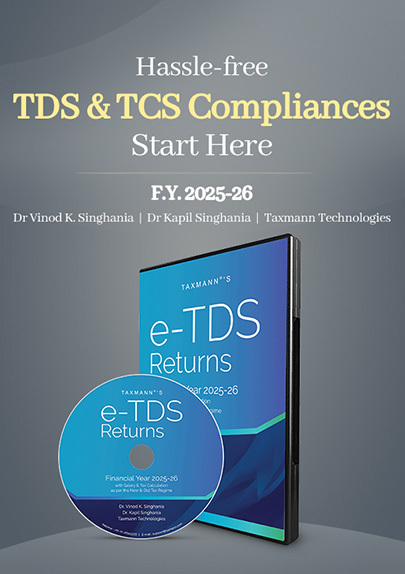CBDT Notified ‘376’ as Cost Inflation Index (CII) for Financial Year 2025-26
- Blog|News|Income Tax|
- 2 Min Read
- By Taxmann
- |
- Last Updated on 3 July, 2025

Notification No. 70/2025, dated 01-07-2025
The Central Board of Direct Taxes (CBDT) has officially notified ‘376’ as the Cost Inflation Index (CII) for the Financial Year 2025-26, as per the latest notification. This index plays a crucial role in the calculation of capital gains for tax purposes.
1. What Is the Cost Inflation Index (CII)?
The Cost Inflation Index (CII) is a tool used to factor in the impact of inflation on the cost of capital assets. It is notified annually by the CBDT under the Income-tax Act, 1961. The CII is primarily used to compute the ‘indexed cost of acquisition’ and ‘indexed cost of improvement’, which helps reduce the capital gains tax liability on the sale of long-term capital assets.
2. Purpose of Indexation in Capital Gains
The concept of indexation allows taxpayers to adjust the purchase price of a capital asset based on inflation, thereby increasing the deductible cost of acquisition. This effectively lowers the taxable capital gains, as the inflated cost results in reduced net gains. Indexation is a major relief for taxpayers, especially in periods of high inflation, as it ensures that tax is levied only on real gains, not inflationary gains.
3. How Is Indexation Calculated?
The indexed cost of acquisition is calculated using the following formula:
Indexed Cost of Acquisition = (Cost of Acquisition × CII of the Year of Transfer) ÷ CII of the Year of Acquisition
This formula allows the taxpayer to inflate the purchase price of the asset to reflect current prices, thereby ensuring a fair computation of gains.
4. Important Update – Limited Scope of Indexation from 23-07-2024
With effect from 23rd July 2024, the indexation benefit has been significantly curtailed. As per recent amendments:
-
Indexation is no longer available on the transfer of any capital asset on or after 23-07-2024,
-
Exception – Indexation can still be claimed only in cases where the asset is land or building that was acquired before 23-07-2024, and the transferor is a resident individual or a resident HUF.
This change restricts the tax benefit of indexation to a narrower set of transactions and taxpayers, particularly impacting those dealing in non-real-estate capital assets or those not qualifying under the specified category.
5. Implications for Taxpayers
Taxpayers planning to sell capital assets should carefully evaluate:
- The date of acquisition and nature of the asset
- Their residency status
- The applicability of indexation benefit based on the above factors
This change may result in higher tax liabilities for many taxpayers, particularly investors in mutual funds, securities, or other capital assets acquired after 23-07-2024, as they will no longer be able to adjust for inflation.
Click Here To Read The Full Notification
Disclaimer: The content/information published on the website is only for general information of the user and shall not be construed as legal advice. While the Taxmann has exercised reasonable efforts to ensure the veracity of information/content published, Taxmann shall be under no liability in any manner whatsoever for incorrect information, if any.

Taxmann Publications has a dedicated in-house Research & Editorial Team. This team consists of a team of Chartered Accountants, Company Secretaries, and Lawyers. This team works under the guidance and supervision of editor-in-chief Mr Rakesh Bhargava.
The Research and Editorial Team is responsible for developing reliable and accurate content for the readers. The team follows the six-sigma approach to achieve the benchmark of zero error in its publications and research platforms. The team ensures that the following publication guidelines are thoroughly followed while developing the content:
- The statutory material is obtained only from the authorized and reliable sources
- All the latest developments in the judicial and legislative fields are covered
- Prepare the analytical write-ups on current, controversial, and important issues to help the readers to understand the concept and its implications
- Every content published by Taxmann is complete, accurate and lucid
- All evidence-based statements are supported with proper reference to Section, Circular No., Notification No. or citations
- The golden rules of grammar, style and consistency are thoroughly followed
- Font and size that’s easy to read and remain consistent across all imprint and digital publications are applied



 CA | CS | CMA
CA | CS | CMA
